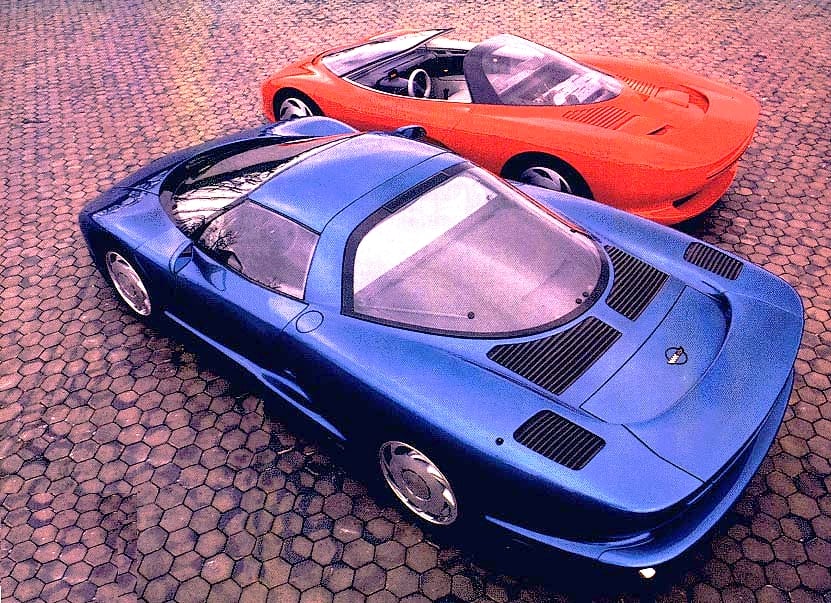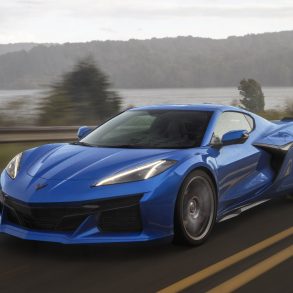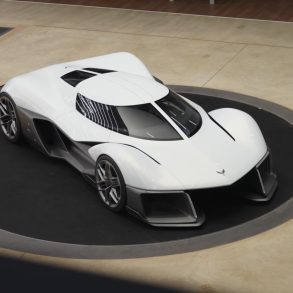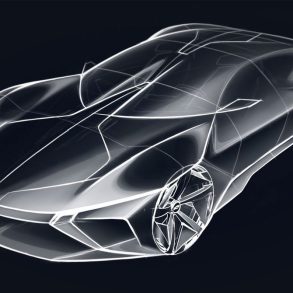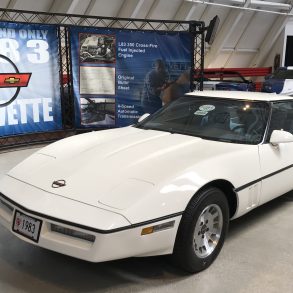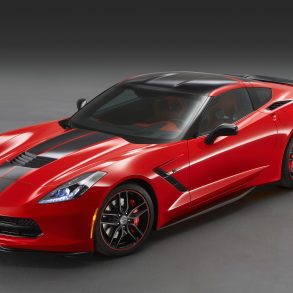The CERV III
While it was understood that the Corvette Indy Concept would never be fully realized as a production vehicle, it paved the way for the creation of the twin-turbo CERV III. The CERV III (Chevrolet Engineering Research Vehicle No. 3) was introduced in January, 1990 at the International Auto Show in Detroit, Michigan. Like the latter iteration of the Corvette Indy Concept car, the CERV III was fitted with a 5.7 Liter, 32-valve, dual-overhead cam LT5 engine that featured twin turbochargers. So equipped, the car was rated at 650 horsepower (485 kW) and 655 lb/ft (888Nm) of torque with a documented top-speed of 225 mph (362 km/h).
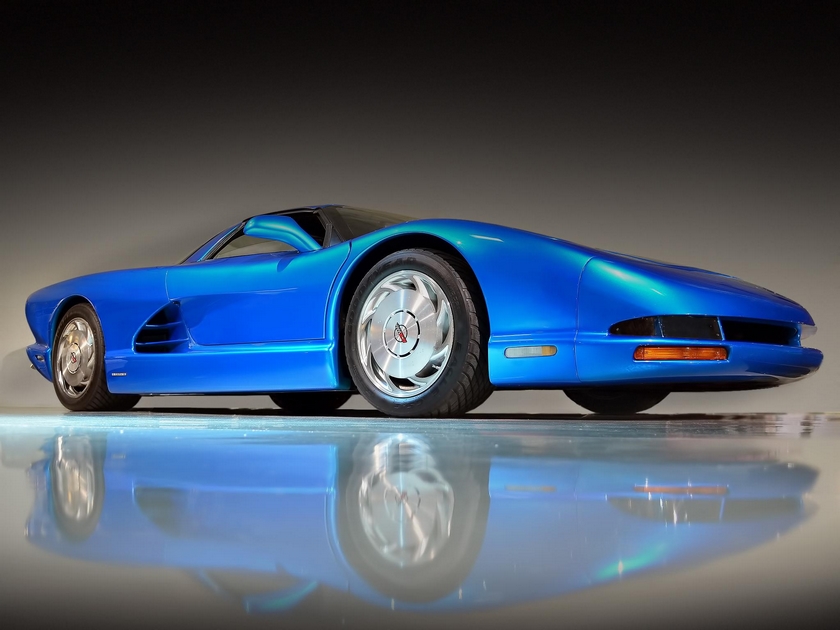
Despite the size of the new powerplant, the CERV III’s engine was mounted transversely (as it had been in the Corvette Indy Concepts.) The engine powered all four of the car’s wheels through a six-speed automatic transaxle (which was, in reality, a three-speed Hydramatic transmission driving a custom two-speed gearbox.)
The CERV III was developed to the verge of becoming a production vehicle despite being far more sophisticated (and therefore far more expensive to build) than any Corvette that came before it. It was hailed as being the “most advanced Corvette study to date” full of the most sophisticated electronics available at that time. For example, the introduction of electronic computer-controlled systems enabled the return of fuel-injection (which provided higher levels of performance akin to what the old second- and third-generation Corvettes once offered) all the while maintaining better than expected fuel efficiency and low emissions ratings, even when running on commercial grade gasoline.
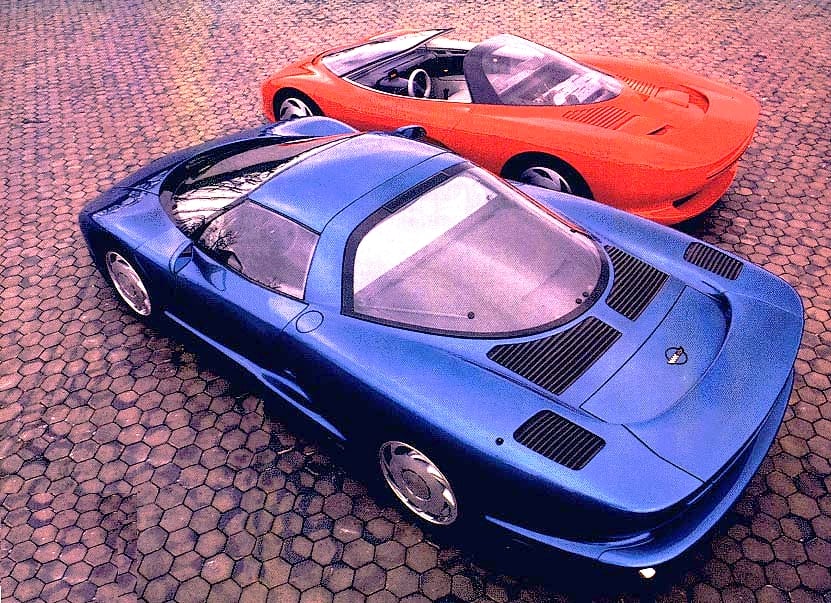
As with its predecessor, the CERV III was manufactured from carbon fiber with a fiberglass-finish coating. Many of the car’s design elements – including the shape of the car’s roof – served as design cues for the next-generation C5 Corvette, a car which would not be introduced until 1997 (seven years after the introduction of the CERV III.) It featured a more rounded nose and front fender shapes, both of which would influence the final look of the C5 Corvette. The car also included Lamborghini-type “scissor” doors, an active suspension system to keep the car flat during hard braking and cornering, and computer controlled rear steering to tighten its turning radius while also improving high-speed stability. Ultimately, one of the major objectives of the CERV III was to showcase the partnership between the Chevrolet design team and the Lotus advanced racing experience members.
Of course, as with anything this new and advanced, the car carried with it a hefty estimated price of between $300k and $400k per unit. Naturally this cost prohibited any rational discussion about taking the car to production. General Motor’s worsening financial situation, coupled with the fact that the CERV III never formally received funding from GM, meant that the car would not hold much direct sway over the Corvette production-car program of its day.
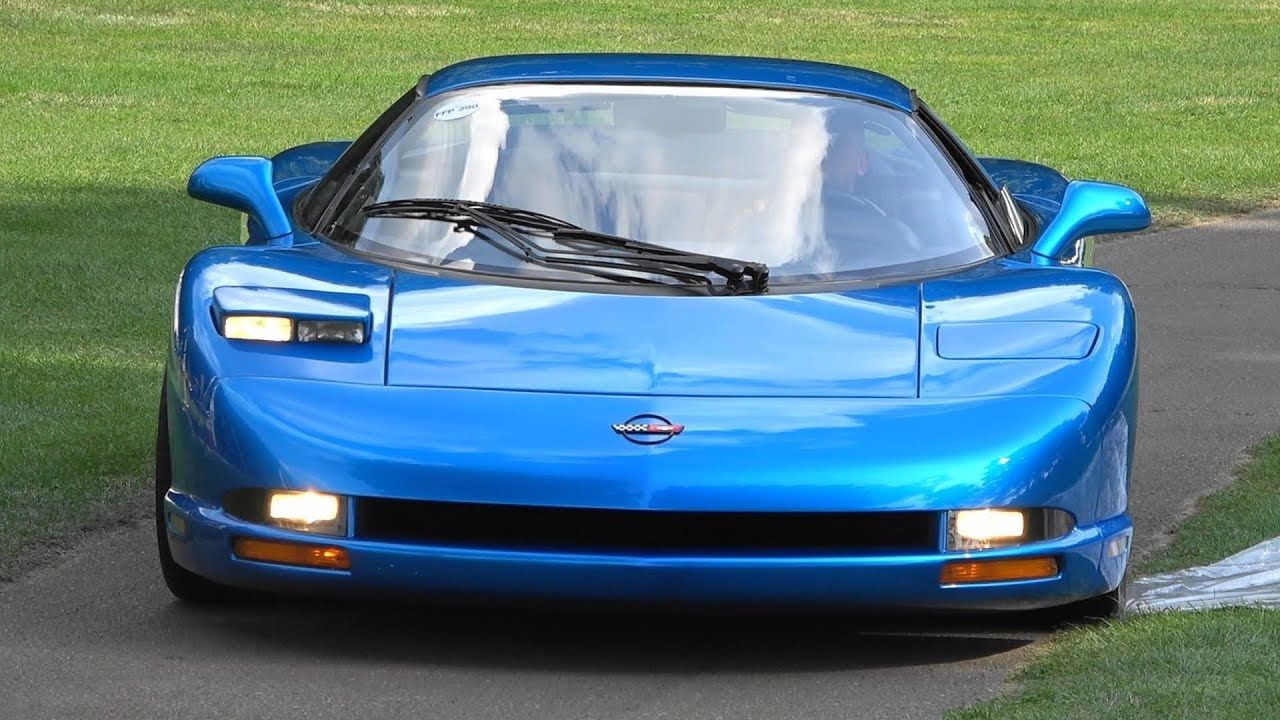
“The mid engine Corvette Indy series [including CERV III] was interesting in that it used a drivable backbone that tied powertrain and suspension rigidly together with an isolated body,” says former Corvette Chief Engineer David McLellan. “We also had the concept for the transaxle backbone design that became the C5. We reviewed both with the engine guys, and they rejected the structural backbone that bolted the engine rigidly to it as too radical. They thought the suspension loads would break the engine structure. They were probably wrong, but this made it easy for them agree to the alternative proposal. The Corvette Indy series was a Design ‘flight of fancy’ that never made any sense beyond its backbone architecture.”
The ultra-high-tech CERV III concept car ended up being tested at GM’s Milford, Michigan, and Mesa, Arizona, Proving Grounds, as well as at Lotus’ test track in Hethel, England. It was seen at the time as GM’s final try at a production mid-engine Corvette. However, once the decision was made that the C5 Corvette would be introduced as a front-engine car, the CERV III disappeared from public view entirely.


